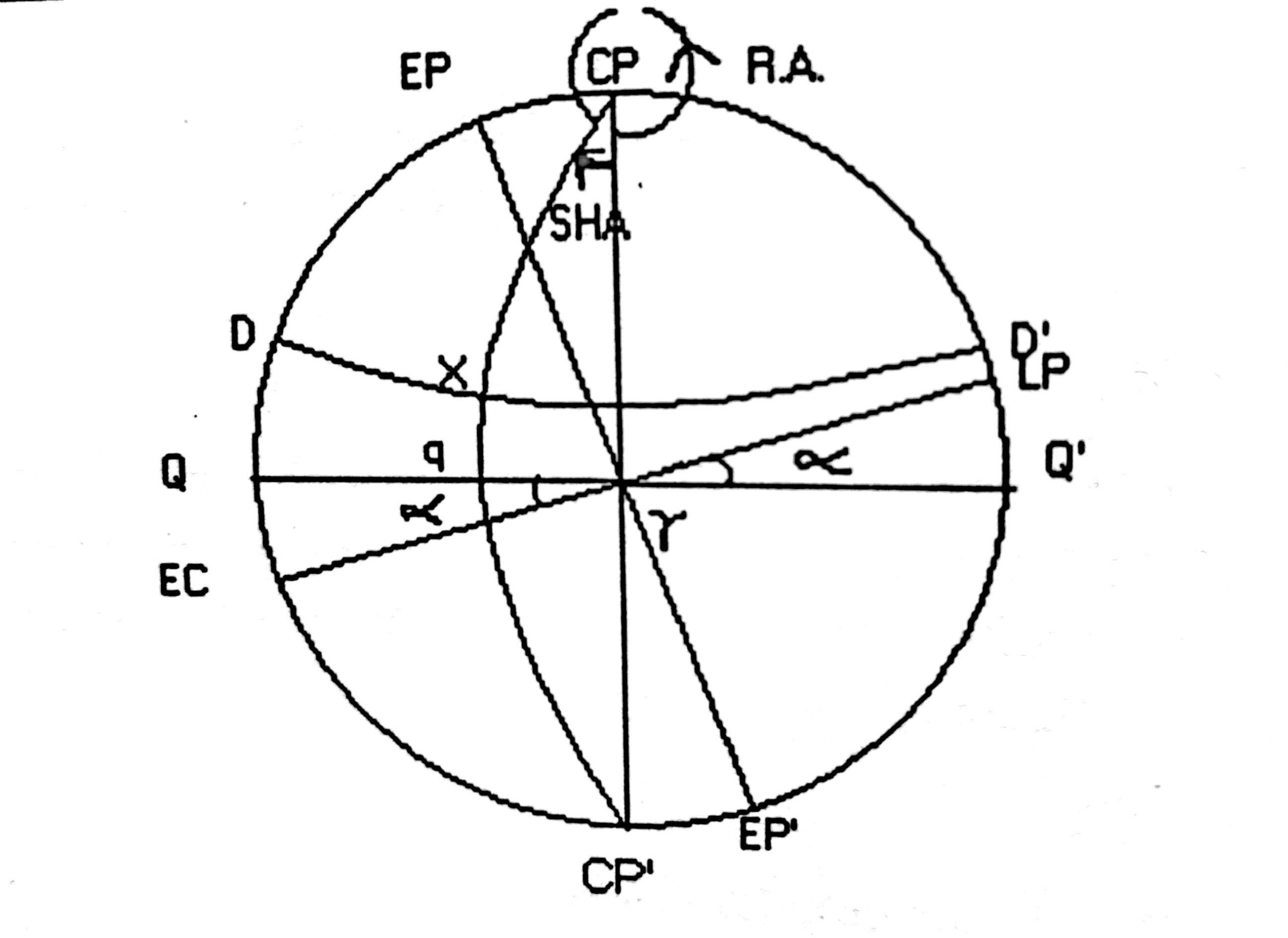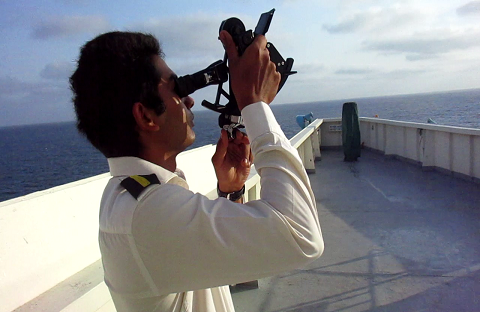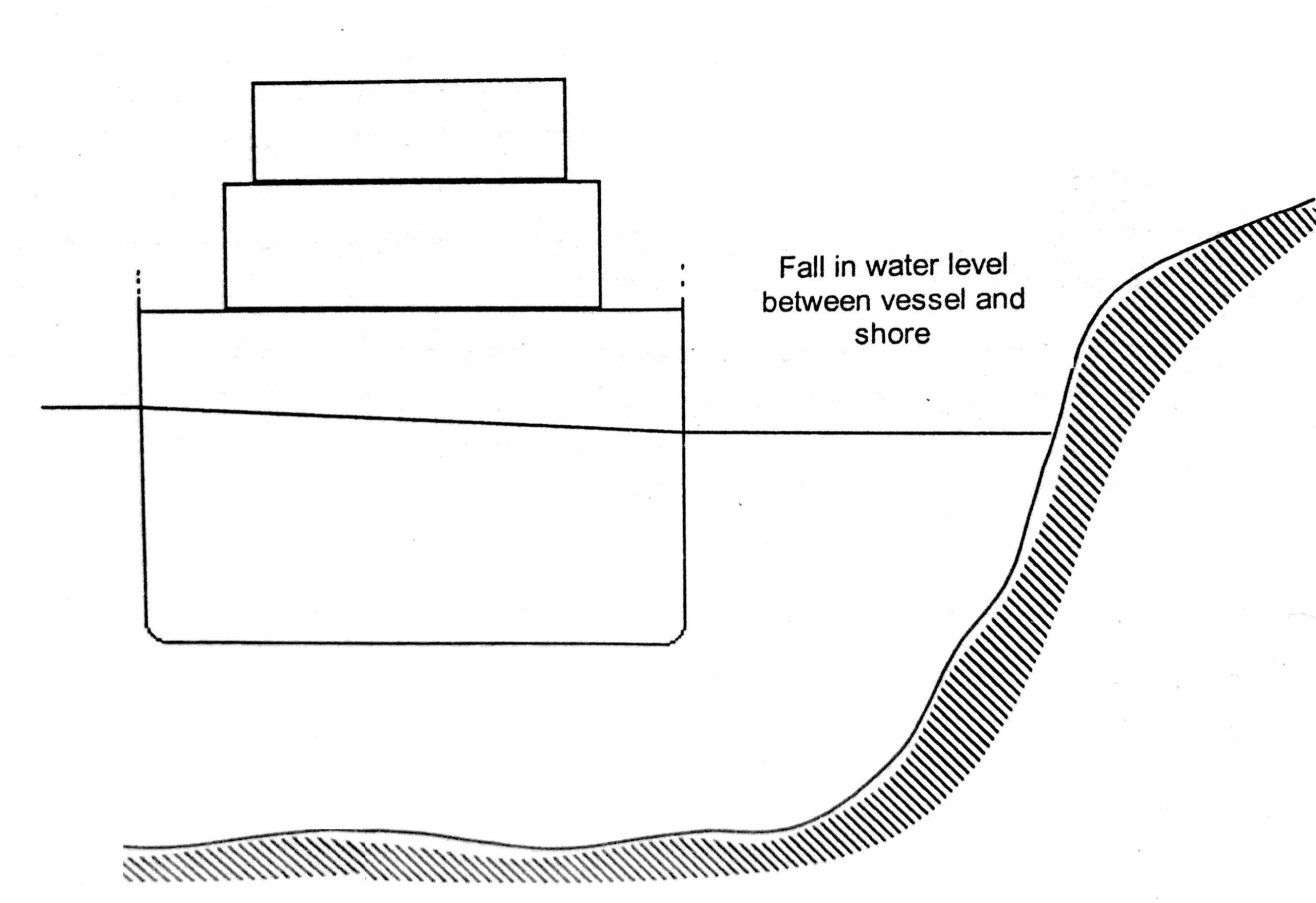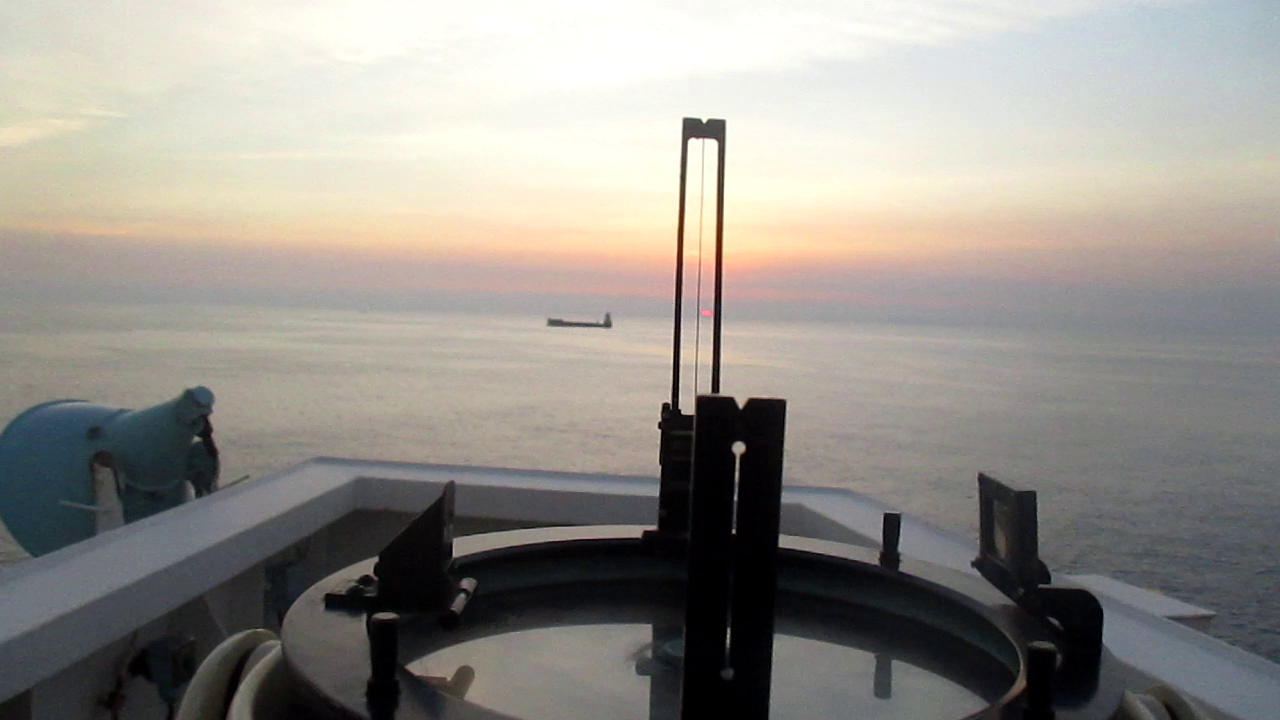Celestial Navigation
What is Celestial Navigation!!! Celestial navigation includes finding your ships position at sea using various celestial bodies such as the sun, the moon, the planets and the stars. It does not imply navigation among the stars as you probably imagined. While there are various modem









